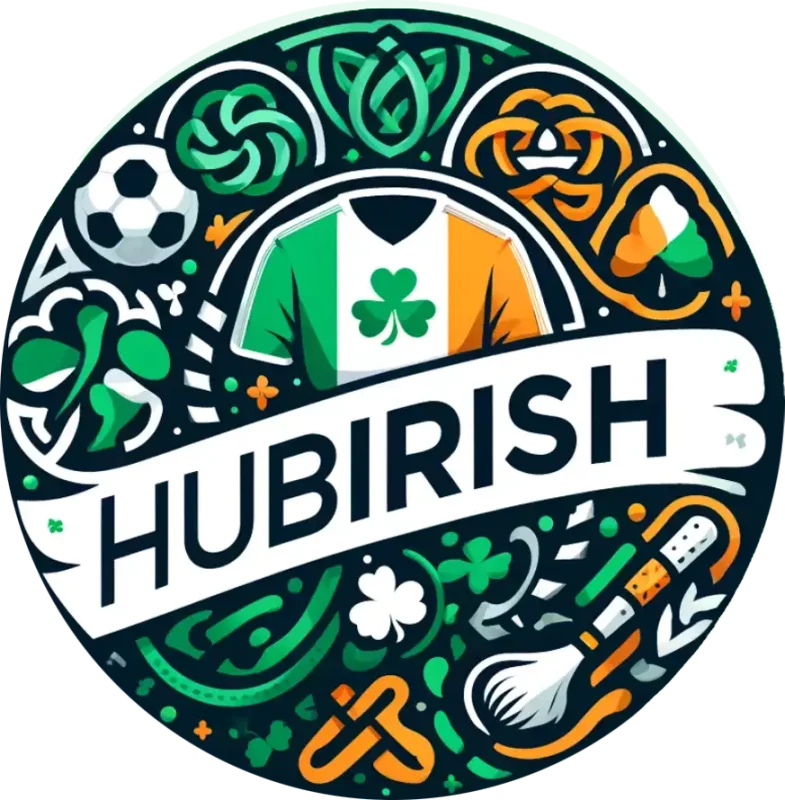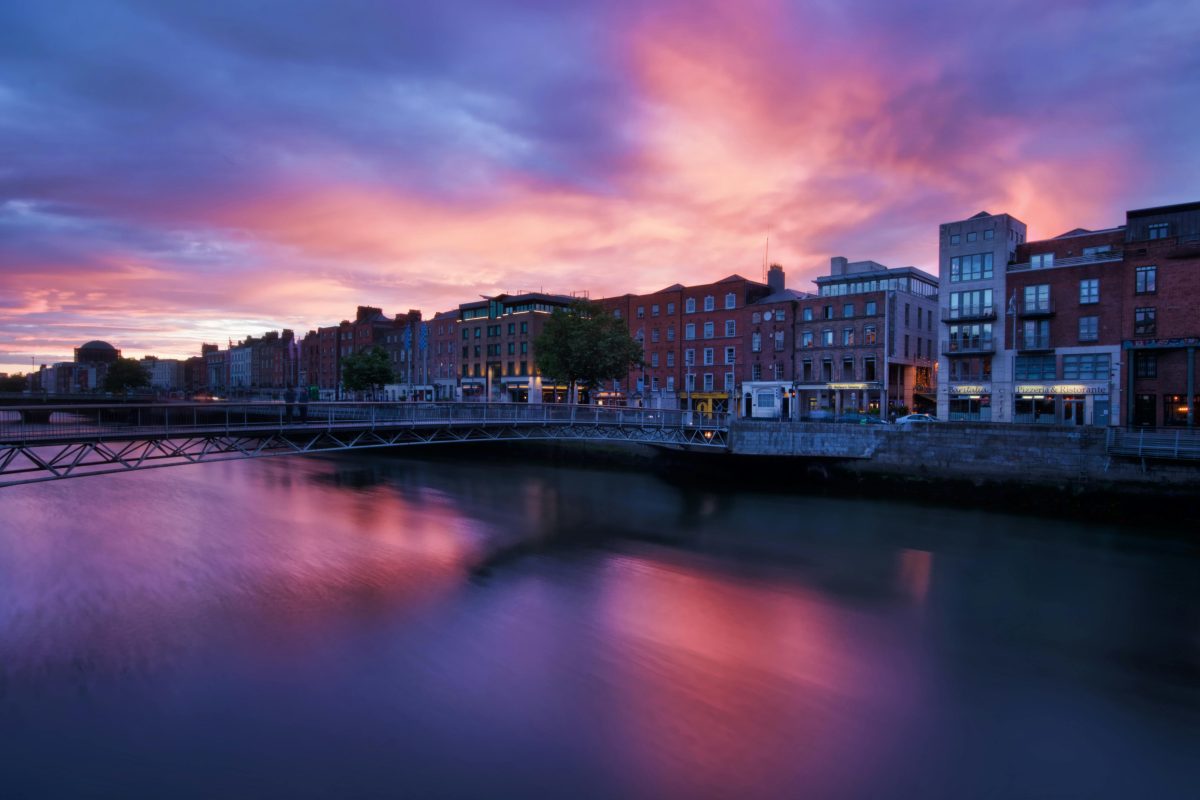Uncategorized
The Night of the Long Knives and the GAA’s Betrayal
The Night of the Long Knives: How the GAA’s Greatest Betrayal Changed Irish Sport Forever
Estimated reading time: 6 minutes
Key Takeaways
- The GAA experienced a significant schism in the 1970s, marked by betrayal and division.
- The event reflected broader socio-political tensions in Ireland and altered the landscape of Irish sport.
- Despite past divisions, the GAA today embodies resilience and unity across communities.
Table of Contents
Introduction
A Shattering Blow
A National Tragedy
Resilience in the Face of Adversity
Did You Know?
FAQs
Final Word
Introduction
In the heart of the Emerald Isle, the air hangs heavy with history, betrayal, and unyielding spirit. The clattering of hurling sticks echoes long past, yet even silence speaks volumes in the hallowed grounds of the GAA. The night of the long knives—the fateful 1970s schism—swept through the Gaelic Athletic Association like a tempest. A tragedy that ripped apart not just teams, but the very essence of a nation and its beloved sport, leaving scars that last to this day.
A Shattering Blow
In counties like Clare, where pride sits as deep as the roots of ancient oaks, the GAA was more than a game; it was identity, community. However, on a cold evening in 1971, this unity was tested. Youths, eager and impassioned, found themselves caught in a rising political and sectarian tide that ran parallel to sport. As the GAA divided, friendships forged on the pitch shattered, and rivals turned brother against brother.
A National Tragedy
The rift exposed the fragility of Irish solidarity during turbulent times. With the blood of innocents staining the streets, the GAA reflected the broader struggles of Northern Ireland. A stark reality: sport, a unifying force, turned into a battlefield. But it was also a turning point—an awakening. The betrayal propelled discussions about belonging, identity, and the complexities of being Irish in a land fractured by division. Just as rebels stood for change, so too did players demand unity, letting their voices rise above the rancor of hate.
Resilience in the Face of Adversity
Fast forward decades—today’s GAA embodies that resilience. The heart of Irish youth pulses strong, from the suburbs of Dublin to the hills of Kerry. The association has transformed, yet the notion of loyalty remains unyielding. As we gather in stadiums, wearing our jerseys—each thread woven with the ancestral tales of our regions—we hold tight to the spirit of the game. The scars of the past remind us that every whistle blown, every goal scored, is a testament to a people who refuse to be defeated.
Did You Know?
- The GAA was founded in 1884 to promote traditional Irish sports and culture, uniting the diaspora around a common identity.
- The term “the night of the long knives” originally refers to a purge in Nazi Germany but echoes throughout Irish history, reflecting the depths of betrayal that can emerge in divided times.
FAQs
What event triggered the GAA’s schism in the 1970s?
Rising sectarian tensions during The Troubles of Northern Ireland spurred deep divides within clubs, leading to estrangement within the sport itself.
How does the GAA contribute to modern Irish identity?
The GAA serves as a cultural and social heartbeat for communities, encapsulating the spirit of resilience and modern pride in a country that continues to evolve.
Final Word
As the night falls over our green fields, the echoes of the past blend with present cheers—it’s a reminder that through heartbreak and division, we remain united in our love for the game.
If you carry the same pride we do, you’ll find a piece of home waiting at
HubIrish.com.

